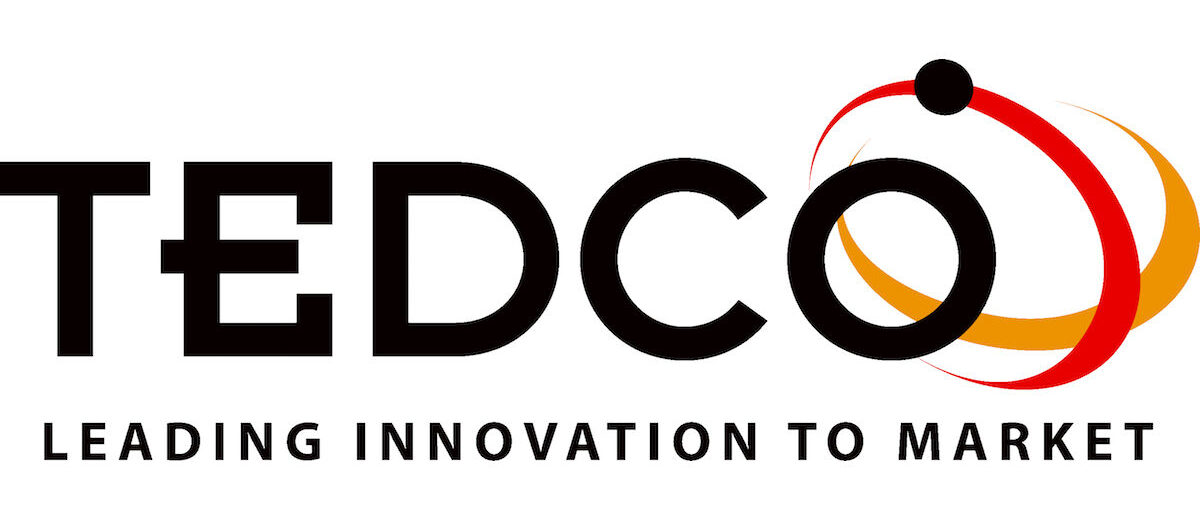Guest Blog: “Monetary Masala” by Anirban Basu
This blog was written by MEDA Young Leader, Jose Burnes, Business Development Manager, Manufacturing, Warehousing and Data Centers, Prince George’s Economic Development Corporation

Anirban Basu returned to MEDA’s 2025 Annual Conference to discuss the federal and state economic projections for this year. In what is now a yearly tradition, Anirban used the 1991 romantic comedy Mississippi Masala, starring Denzel Washington, to describe this year’s outlook. He started and ended his chat with the message: EDOs have a fundamental job in attracting private companies to the state in this critical juncture for Maryland. His main projections were: inflation is here to stay, interest rates will be higher for longer, consumers are financially exhausted, asset prices are overextended, and the growth projection for this year is 1 – 1.3% and could fall even more because of tariffs and market unpredictability.
Anirban started the conversation by explaining that between May 2020 and 2025, the Consumer Price Index (CPI) grew 24.9%, including energy at 53.5%, and food at 26%. The inflation target for this year was 2%, and the CPI is projected to increase by 2.8%, which is still higher than expected. He cautioned that this has many implications for small businesses in Maryland that cannot raise their prices, and the average American cannot keep up.

Anirban then continued to talk about how interest rates rose from 0.25% to a high of 5.5% in 2024 and is now 4.5%. Despite the high interest rates, Anirban commented that the US Gross Domestic Product (GDP) growth was positive and reliable. In the first quarter of 2025, the economy slowed down even though it had not felt the effects of tariffs. Both auto sales and retail shopping were up at the beginning of the year, as consumers had spent their surplus savings from the pandemic and were ramping up their credit card debt, which is now nearing $1.2 trillion. However, Anirban cautioned that prices are expected to rise as tariffs are coming into effect and salaries have not kept up with inflationary growth.

In terms of employment, the US economy added 228 million jobs in March of 2025, which is more jobs than pre-pandemic levels. Wage growth exceeded inflation by 1.4%, which represented a real growth in incomes. Anirban explained that while the US averaged a job growth of 7.1 million between February 2020 and March 2025, Maryland only added 1.8%. Maryland also had a lower unemployment rate than the national average, which signaled concerns of underperformance.

Anirban walked the audience through the numbers, showing that most of the growth of Maryland jobs was in government, professional services, and healthcare, while manufacturing, information, and financial activities all declined. This contrasts with Northern Virginia, which had a 5.2% growth in the same period. Of those jobs, the private sector job growth nationally was 4.9% vs 0.6% in Maryland. Anirban reminded the audience that EDOs are of fundamental importance to the state because we need private sector jobs to cover the $3.3 billion state deficit. The broader D.C. region had one of the lowest employment growth numbers compared to the 25 largest metros in the U.S between Feb 2020 and March 2025, only growing 1.8%. versus the national average of 4.7%.

One of the other major areas of concern that Anirban mentioned was the lack of housing and high mortgage interest rates in Maryland, which are prohibiting new families from moving to the state. This has led to low mortgage loan applications and home prices remaining high. All of these numbers, Anirban said, are showing that more people are leaving the state.



